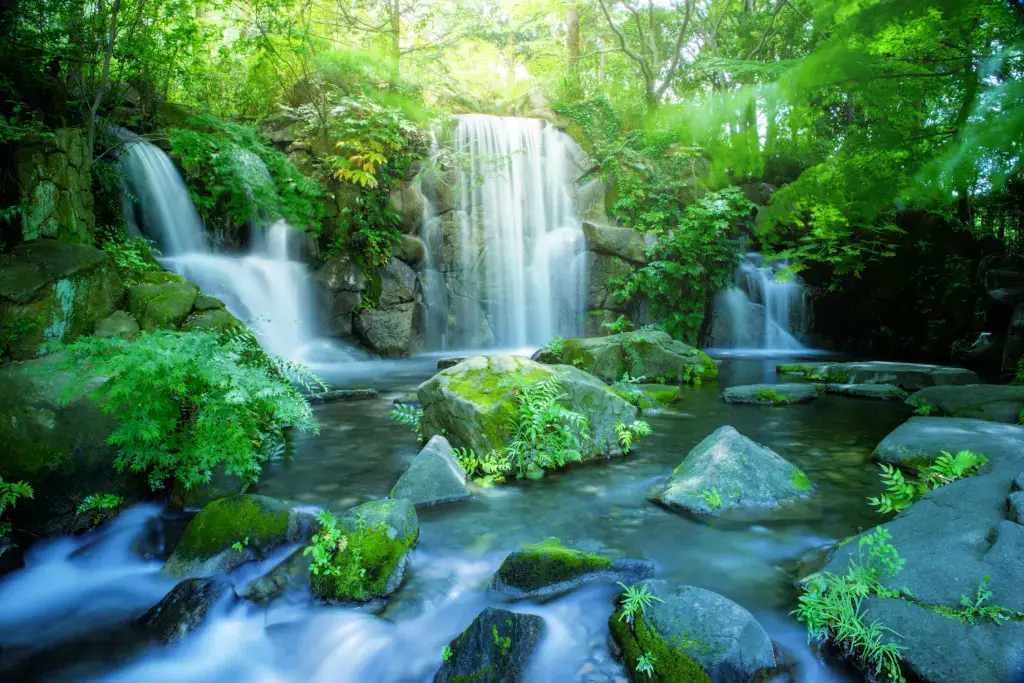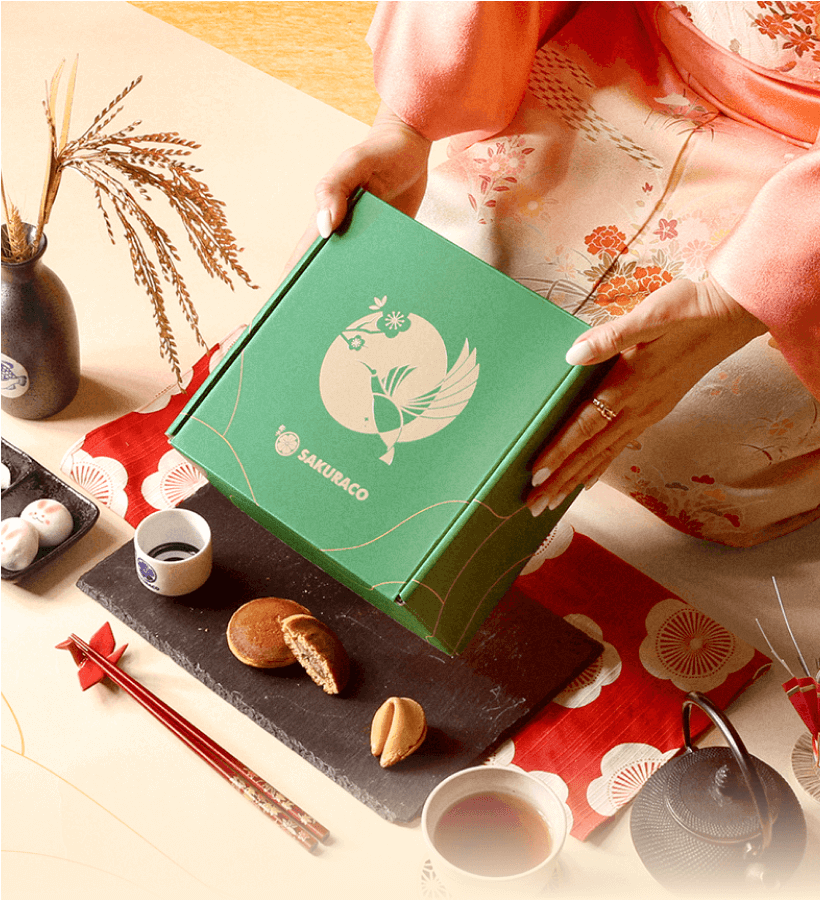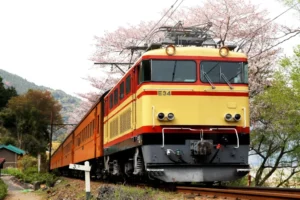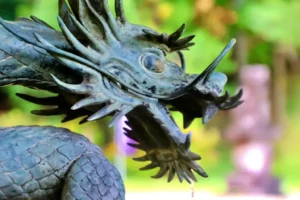Waterfalls are essential to Japan’s ecosystem. They’re also peaceful getaways and beautiful locations for photoshoots. While Tokyo is a modern metropolis, you may be surprised that the capital boasts several waterfalls. If you love nature and want to stay in the city to appreciate it, please check out these five waterfalls in and around Tokyo. We’ve also included directions from the nearest bus stop or train station for those traveling on foot.
Table of Contents
ToggleMitsugama Falls (Okutama)
Okutama’s Unazawa Valley is a popular spot for campers, hikers, and daytrippers. It is home to multiple waterfalls, but the three main ones are Nejire, Mitsugama, and Otaki. Mitsugama is the second tallest, 12 meters (39 feet) high, and has three levels. The trail to these waterfalls is about 14 kilometers (9 miles) long, passing through a thick forest and the supposedly haunted Unazawa Tunnel. You might see kamoshika (Japanese serow) and the elusive fourth Fudo Falls if you look hard enough.

Access: Hatonosu Station via the JR Chuo line. You can also start from Shiromaru Station, cross the Tama River, loop back, or end the trail at Okutama Station.
Odake Falls (Hinohara Village)
This village borders Yamanashi and Kanagawa prefectures and contains an impressive trio: Mt. Odake, Odake Limestone Cave, and Odake Falls. At 30 meters (98 feet) tall, the waterfall is less well-known than the next cascade on this list, but it is still an impressive sight. Additionally, Odake Falls is surrounded by trees and plenty of vegetation that offer shade in the summer and stunning colors in the fall. It is also part of the Kanto Fureai no Michi (Kanto Friendship Trail), which you should fully explore during your stay at Hinohara.
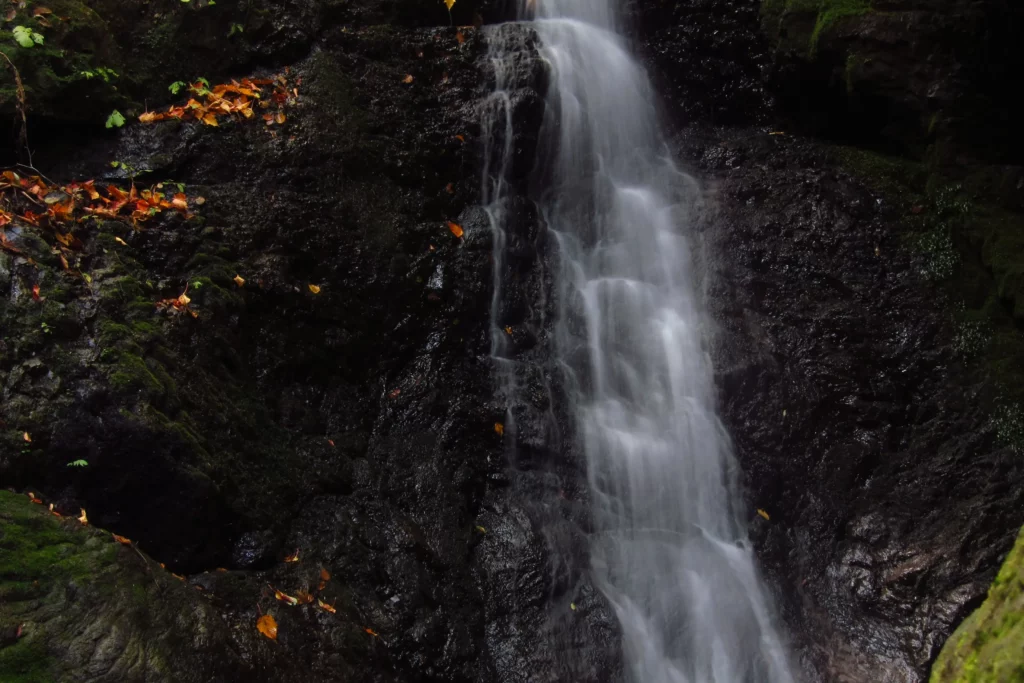
Access: Odake Shonudo Iriguchi bus stop via the bus from Musashi-Itsukaichi station. If visiting the Odake Limestone Cave first, disembark at the Hossawa No Taki Iriguchi bus stop.
Hossawa Falls (Hinohara Village)
Unlike our previous entry, Hossawa Falls has gained a bigger reputation. It is the only waterfall in Tokyo to be included in Japan’s Top 100 Waterfalls list. 62 meters (203 feet) tall with four levels, legend has it that a magical serpent has lived there since ancient times. The trail is also popular with hikers and bikers, and various shops are nearby, including the Hinohara Tofu Chitoseya, famous for its tofu and donuts. While Hossawa Falls are gorgeous in the summer, their icy glory is fully displayed at the Hossawa Falls Winter Festival.
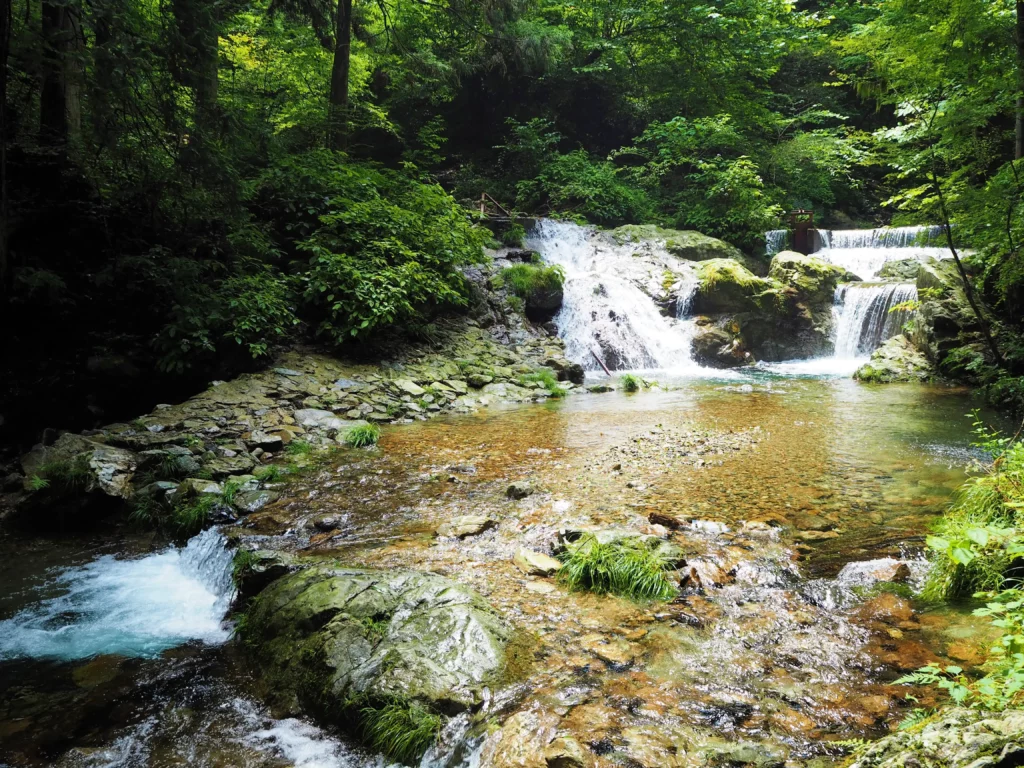
Access: Musashi-Itsukaichi Station (by foot) or Hossawa No Taki Iriguchi bus stop (by bus from the station).
Are you looking for some snacks while exploring waterfalls? Check out Sakuraco! Sakuraco delivers traditional Japanese snacks, teas, sweets, and snacks from local Japanese makers directly to your door so you can enjoy the latest treats from Japan!
Kongo Falls (Hachioji City)
You will find the refreshing Kongo Falls in the Northwest of Hachioji’s city center. This scenic cascade is 25 meters (82 feet) tall and splits into two sections, with a rock tunnel leading up to the higher level. A stone staircase also provides better views of both sections and the Buddhist statues of Kongo Rikishi and Fudō Myōō are nearby. The best time to see the Kongo Falls is late spring to early summer. It’s found on the same trail leading to Mt. Imakuma, although be warned: the path is crudely marked and can be easy to miss.
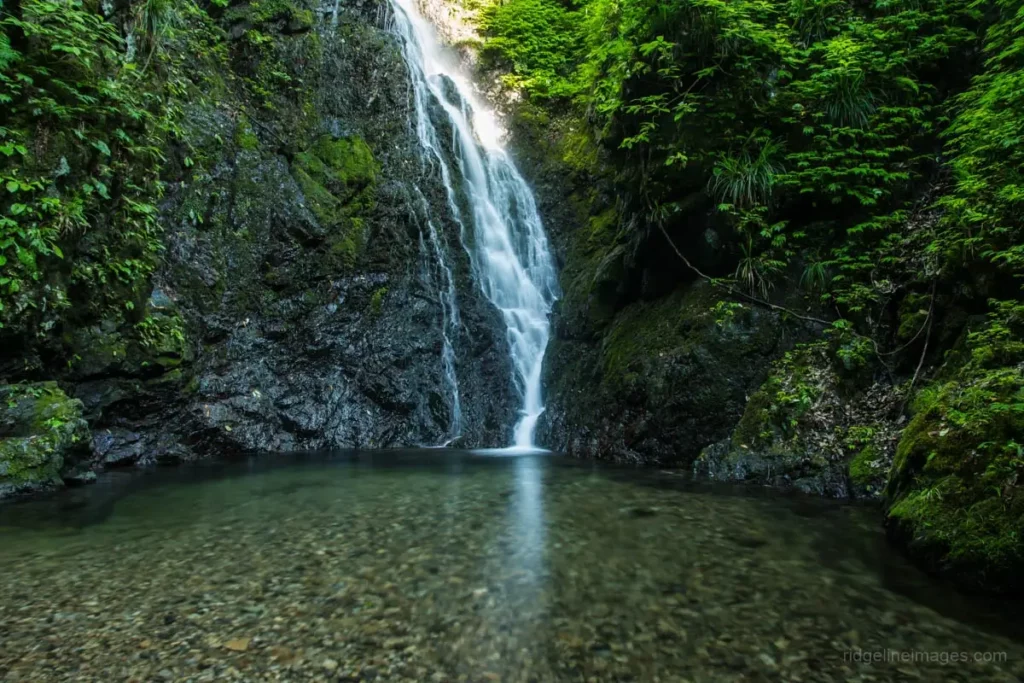
Access: Disembark at the Komine Park bus stop in Totohara, Akiruno, or from the Imakumasan-Tozanguchi bus stop via Mount Kariyose and Mt. Imakuma.
Uramigataki Waterfall (Hachijo Town)
Our final destination is the island getaway Hachijojima (Hachijo Town). It boasts gorgeous beaches, impressive mountains, volcanoes, and many lovely trails. However, the humble Uramigataki Waterfall is perfect for visitors who enjoy shinrinyoki (forest bathing). Translating to “waterfall viewed from behind,” it is possible to walk behind Uramigataki Waterfall for an incredibly refreshing experience. The surrounding ferns and moss give it an otherworldly feel, especially in the early morning and late evening. There is also a free rotenburo (open-air bath) beside it. Swimsuits must be worn since it is mixed bathing.
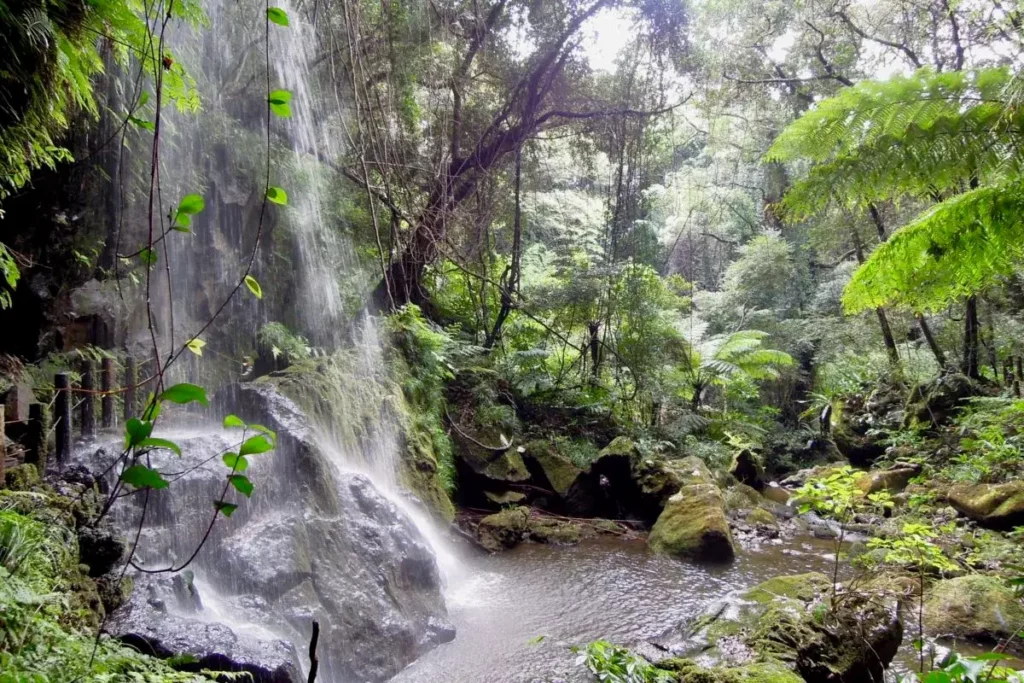
Access: Five minutes from the BOON Mae bus stop and 10 minutes from the Nakata Shoten-Mae bus stop.
Why should I visit waterfalls in Tokyo?
It is difficult to find an inexpensive activity that everyone will enjoy. Tokyo’s waterfalls cost nothing; focusing on them and the trails will satisfy you more than expensive tourist attractions. Each waterfall also possesses natural beauty, with the surrounding flora providing color and an atmosphere that can be comforting or eerie, depending on the time of day.
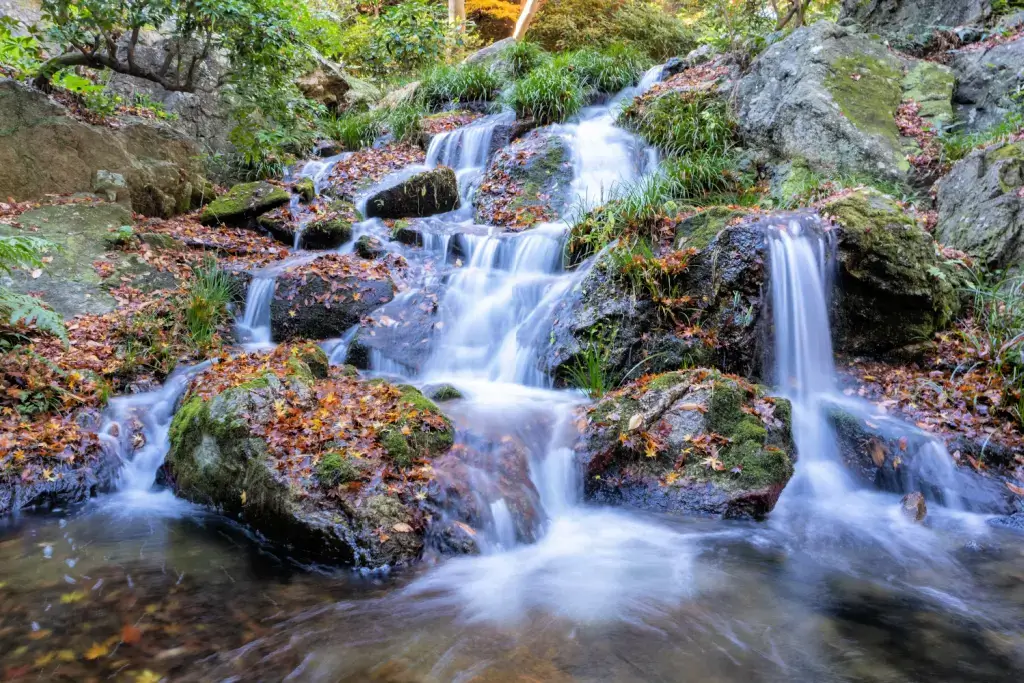
Finally, because of their relative seclusion, tourists have largely undiscovered these waterfalls, which are far less busy than Tokyo’s city parks. These locations are perfect for dates or much-needed family time. Their slow pace and quiet will leave you feeling rejuvenated and at peace. Have you visited any of these waterfalls? Are there other locations that you would recommend? Share them with us in the comments.


